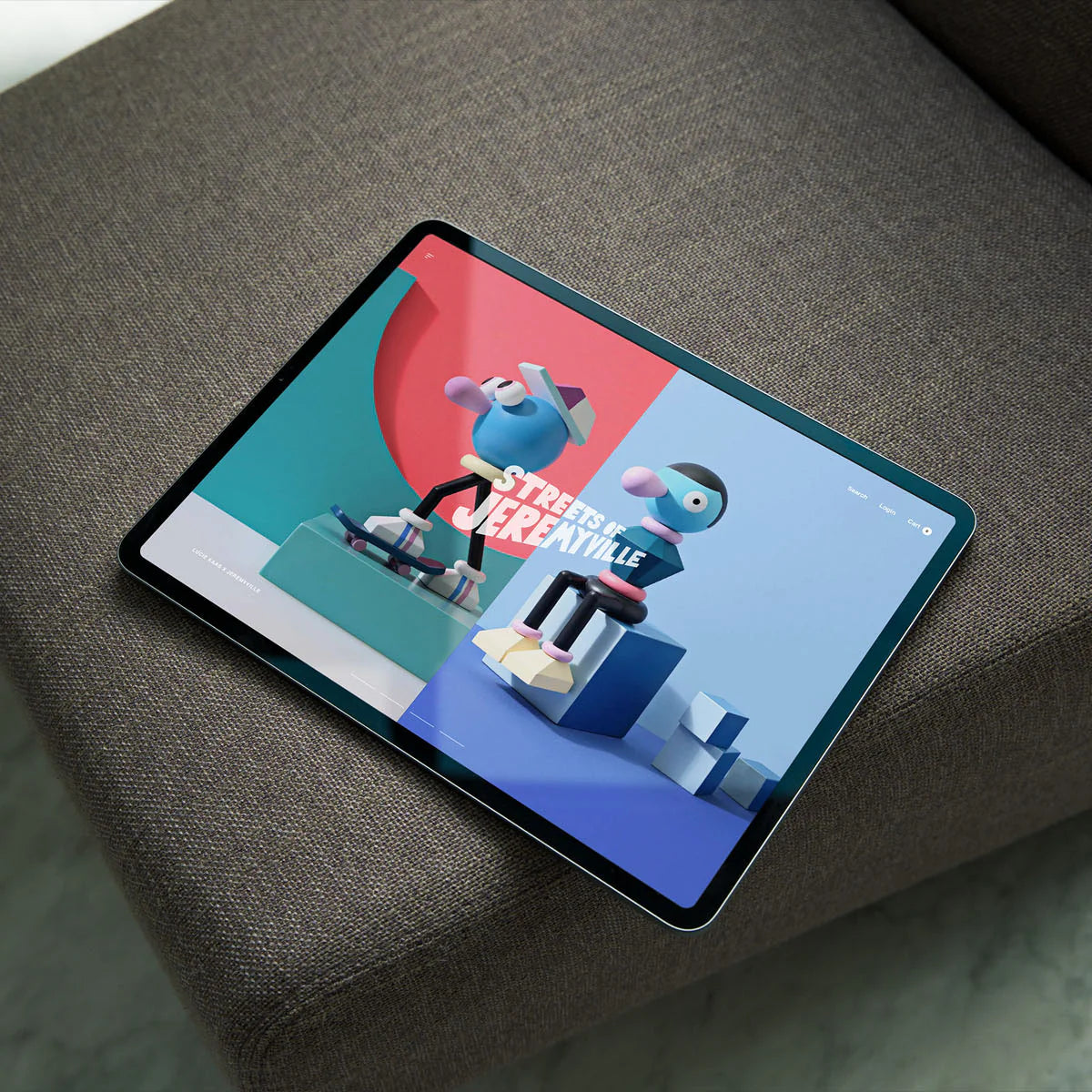I departed Madison Wisconsin a sunny Tuesday morning in August 2010, travelling south on the Interstate 90 toward Stoughton. I found myself reflecting on my family's longstanding association with the American bicycle manufacturer - Trek, which felt like a lifetime's journey in itself.
As the day unfurled its vibrant hues against the backdrop of a seemingly familiar Midwest landscape, the resonant hum of twin Harley-Davison’s approached.
Gliding parallel, emerged a pair of CVO Street Glides, two veteran riders sat proudly atop these legendary machines. Time and innumerable journeys had etched tales of freedom onto their faces, they bore expressions of deep contentment and pride.
Their attire told tales of adventures, a prominent American flag fluttered from the tail of one, its vibrant colors contrasting against a glint of sunlight reflecting off the pristine chrome. For a moment, everything seemed to slow down, right before they sped off, unleashing that signature roar.
Our destination, the iconic Harley-Davidson of Madison dealership. Accompanying me was a team of Australian Trek Bicycle retailers, all of us eager to glean further into another thrilling domain of two-wheeled exhilaration.
Harley-Davidson and Trek, two iconic brands, founded in the same region and state of Wisconsin, were birthed in the Steel Belt of America. Epitomising the legacy of American-made craftsmanship, Harley-Davidson founded in Milwaukee in 1903 and Trek originating from a red barn in Waterloo in 1976 speak volumes about Wisconsin's rich legacy in fostering innovation and evolution.
They are not just companies; they are lifestyle brands. For many, riding a Harley is not just about the motorcycle — it's about the freedom, the open road, and being part of a close-knit community. Similarly, Trek is not just about bicycles — it's about fitness, exploration, and sustainability for our planet.
As I reflected further, I remembered a trip to Anaheim as a teenager, in the early 90’s my parents had a determination to build upon a business they had poured their heart and soul into for over 15 years. The next chapter of their legacy was about to unfold, albeit in stages which strayed from their original hope.
They had a vision to build upon foundations to a business that had proven success. Retail family businesses can become servants to the demands of subsidiaries, importers and distributors. Margins squeezed, directly proportional to the layers of participants. My parents had a better idea, an idea to move the dial on securing the family business destiny.
Anaheim 1991 — Interbike, home to the bicycle industry's premier trade show, took place at the Anaheim Convention Centre. Amidst a maze of jargon and intricate technical terminology, my dad navigated his way through a myriad of exhibitors.
In the pursuit of the perfect blend of durability and lightness, innovations in molded carbon, graphite composites and innovative alloys, companies were on the cusp of an industry change. A convention literally containing ex rocket scientists, were on the forefront of developing products that have became the norm of todays high end road bicycles.
Trek had recently launched its 5,000-series road bikes, equipped with a groundbreaking composite frame. According to Trek, the lightest frame currently on the mass market.
With regard to bicycle component manufacturing, industry legend and founder of Bontrager bikes Keith Bontrager once said, “Strong, light, cheap. Pick two.”—a maxim that is as relevant today as it was when he said it some 40 years ago. Bontrager become part of Treks ecosystem, and that hallmark ethos remains, founded on Dick Burke’s legacy. Build things that last, memories, relationships, bicycles, a brand—and leave a legacy of positive change.
By the time Trek released its first all-carbon road frame in 1992, the company had developed a trademark industry-leading composite called OCLV (Optimum Compression, Low Void carbon fiber) that touted uniform strength and composition. The new composite bike blew the doors off competitors, becoming the lightest road cycle frame in the world at 2.4 pounds.
My parents goal to import bicycles to Australia aligned with Treks co-founder, Dick Burke’s philosophy - quality bicycles at competitive prices delivered on time.
I feel privileged to have been immersed in my own families companies for over 15 years. An industry built on a foundation of passionate individuals who live and breathe the sport. Their commitment to cycling as a way of life, forms an ever-evolving community that has had a positive effect on my ethos.
One decade later, a transition from one form of two-wheeled passion to another, this shift marked a defining chapter in my professional path.
Mid 2020, I stepped into the realm of a prominent Australian motorcycle dealership network. Armed with my MacBook, a heart full of anticipation, and a determination to instigate change.
My brief, in brief; was to enhance the website, bolster marketing and reimagine dealership design for the digital age. The canvas was blank, devoid of constraints and teeming with boundless potential.
Fraser Motorcycles was founded in 1955 by Nigel Fraser, established out of a garage to sell and repair motorcycles.
Fast forward 68 years and you will find a business that is still family owned and operated by Cathy and Warren Fraser. Warren, a pioneer who maintains a zoomed out view of the business but a firm hand on the throttle, has a vision to keep the dream alive fuelled by his heart felt passion of two-wheeled freedom.
Over the past 3 years we’ve reimagined the Fraser digital experience from the ground up. We improved all areas of digital and communications systems within the business.
My involvement crossed over to the development of the new Harley-Davidson Newcastle dealership, the design of improvements to Ducati showrooms and a set of INEOS Grendier dealerships.






